February 3, 2017
Plans unveiled for £1 billion mixed use scheme in East London 0
 Developers Knight Dragon have unveiled the details of a landmark £1 billion project as part of the Greenwich Peninsula regeneration in East London. Designed by architect and engineering firm Santiago Calatrava, the Peninsula Place development marks the latest shift in London’s shift eastwards. The scheme will total 1.4 million sq ft including a new tube and bus station, theatre, cinema and performance venue, bars, shops and a wellbeing hub. Above this will rise three office towers, apartments and hotels, all connected to the Thames by a new land bridge. The developers claim that Greenwich Peninsula is London’s largest single regeneration project. Over the coming years, the £8.4 billion transformation of the Peninsula will provide 15,720 new homes in seven new neighbourhoods: home to central London’s first major film studio, a new design district, schools, offices, health services and public spaces.
Developers Knight Dragon have unveiled the details of a landmark £1 billion project as part of the Greenwich Peninsula regeneration in East London. Designed by architect and engineering firm Santiago Calatrava, the Peninsula Place development marks the latest shift in London’s shift eastwards. The scheme will total 1.4 million sq ft including a new tube and bus station, theatre, cinema and performance venue, bars, shops and a wellbeing hub. Above this will rise three office towers, apartments and hotels, all connected to the Thames by a new land bridge. The developers claim that Greenwich Peninsula is London’s largest single regeneration project. Over the coming years, the £8.4 billion transformation of the Peninsula will provide 15,720 new homes in seven new neighbourhoods: home to central London’s first major film studio, a new design district, schools, offices, health services and public spaces.













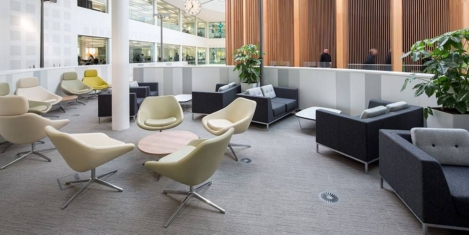
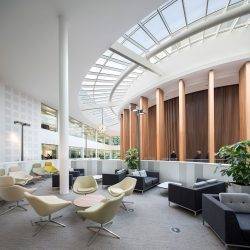
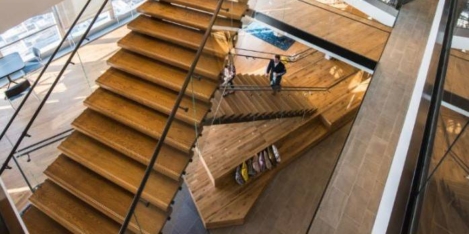
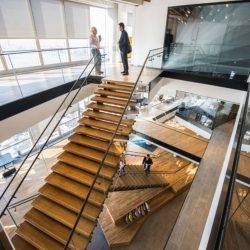








 Amos Tversky and Daniel Kahneman introduced the concept of Loss Aversion in 1984, highlighting people’s tendency to strongly prefer avoiding losses to acquiring gains. Most studies suggest that losses are twice as powerful, psychologically, as gains. Lose £100 and we will feel a remorse that easily outweighs winning £100. In a similar fashion we find it very hard to see future positives when confronted with short term loses. We understand easily what we have lost but cannot imagine what there is to be gained. Furthermore, as Frederic Bastiat wrote in an 1850 paper, “That Which is Seen, and That Which is Not Seen”, man has a tendency to “pursue a small present good, which will be followed by a great evil to come, rather than a great good to come, at the risk of a small present evil”. Put these together and it is no wonder that, by and large, the future of work, corporate real estate and the workplace is so widely misunderstood.
Amos Tversky and Daniel Kahneman introduced the concept of Loss Aversion in 1984, highlighting people’s tendency to strongly prefer avoiding losses to acquiring gains. Most studies suggest that losses are twice as powerful, psychologically, as gains. Lose £100 and we will feel a remorse that easily outweighs winning £100. In a similar fashion we find it very hard to see future positives when confronted with short term loses. We understand easily what we have lost but cannot imagine what there is to be gained. Furthermore, as Frederic Bastiat wrote in an 1850 paper, “That Which is Seen, and That Which is Not Seen”, man has a tendency to “pursue a small present good, which will be followed by a great evil to come, rather than a great good to come, at the risk of a small present evil”. Put these together and it is no wonder that, by and large, the future of work, corporate real estate and the workplace is so widely misunderstood.








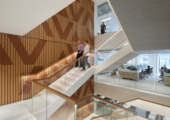


January 20, 2017
The facts about sit stand work are already lost in the stream of narrative 0
by Mark Eltringham • Comment, Knowledge, Wellbeing, Workplace design
More →